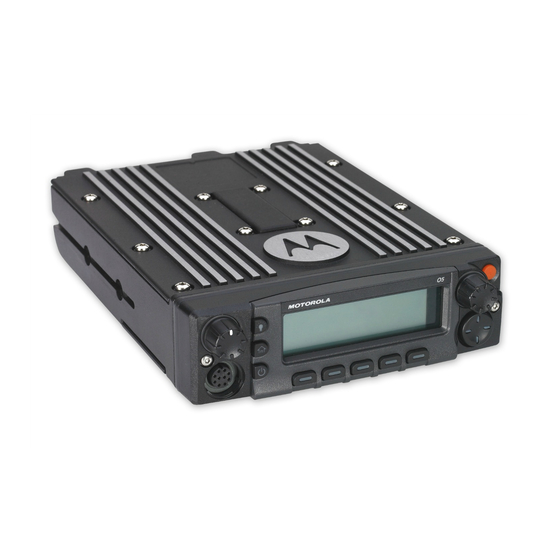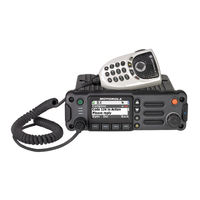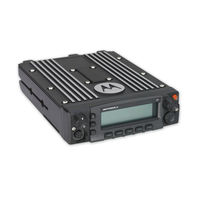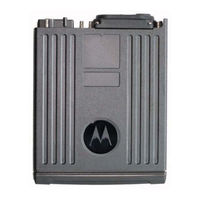
Motorola ASTRO APX O5 Mobile Control Head Manuals
Manuals and User Guides for Motorola ASTRO APX O5 Mobile Control Head. We have 5 Motorola ASTRO APX O5 Mobile Control Head manuals available for free PDF download: User Manual, Installation Manual
Advertisement
Motorola ASTRO APX O5 User Manual (166 pages)
Two-way radios, Mobile Radio Control Head
Brand: Motorola
|
Category: Mobile radio
|
Size: 5.62 MB
Table of Contents
-
Disclaimer20
-
Securenet22
-
Home Button32
-
Volume Knob33
-
Keypad33
-
Status Icons40
-
Alert Tones47
-
Contacts70
-
Scan Lists75
-
Scan77
-
GPS Operation106
-
Turning off GPS109
-
Smartzone118
-
Blank121
-
Tx Inhibit121
-
PTT Tx Inhibit121
-
Required121
-
Soft Power off121
-
Utilities131
-
Transmit Inhibit138
-
Helpful Tips145
-
Radio Care145
-
Accessories147
-
Glossary152
Motorola ASTRO APX O5 User Manual (138 pages)
Control Head Mobile Radio
Table of Contents
-
Disclaimer
15 -
-
-
-
-
Contacts62
-
Scan Lists68
-
Scan70
-
-
-
-
Hear Clear97
-
-
-
-
Blank110
-
Tx Inhibit110
-
PTT Tx Inhibit110
-
Required110
-
Soft Power off110
-
-
Utilities112
-
-
Analog Options116
-
Digital Options116
-
Advertisement
Motorola ASTRO APX O5 Installation Manual (95 pages)
Two-Way Radios
Table of Contents
Motorola ASTRO APX O5 Installation Manual (25 pages)
TWO-WAY RADIOS




